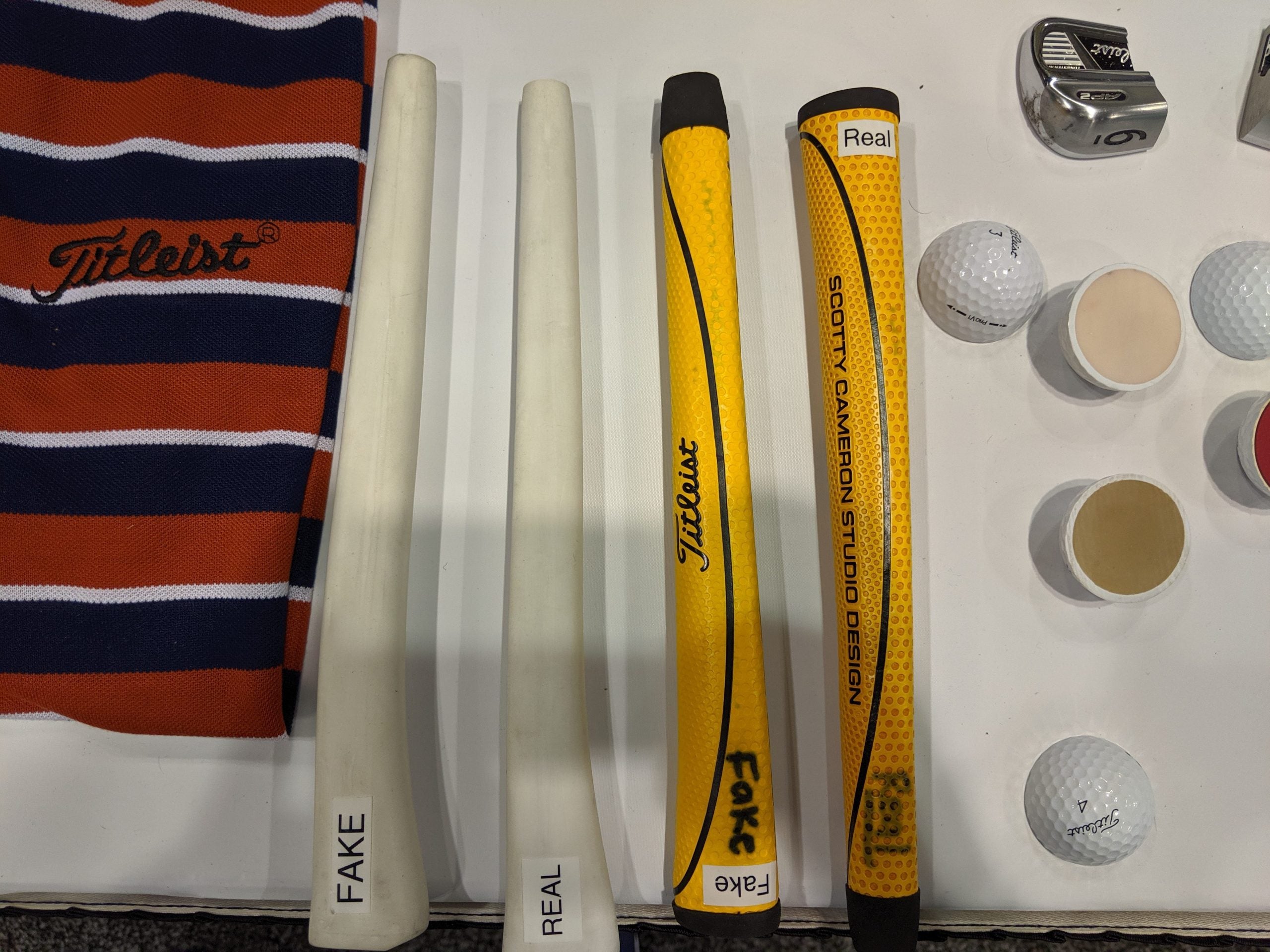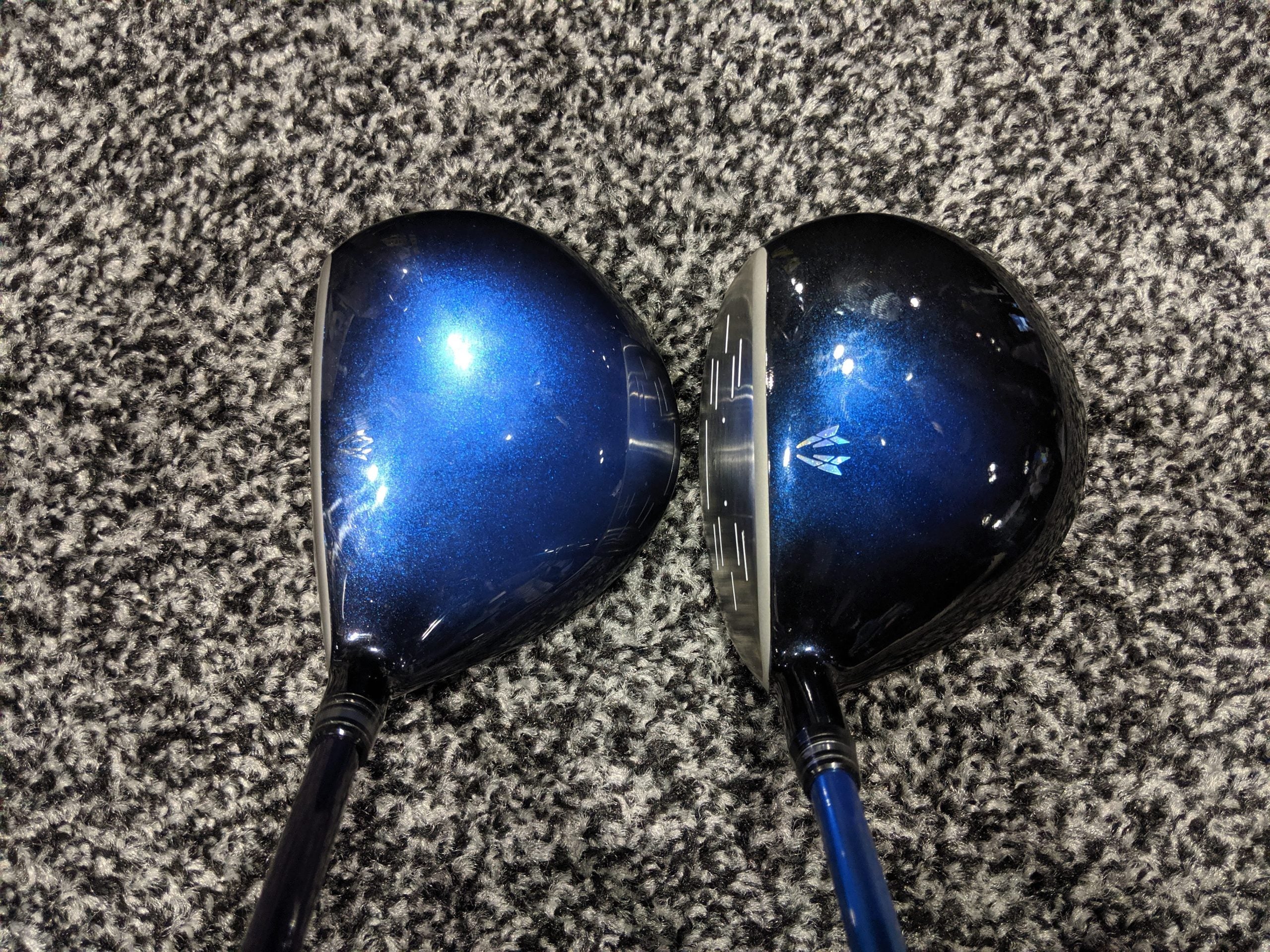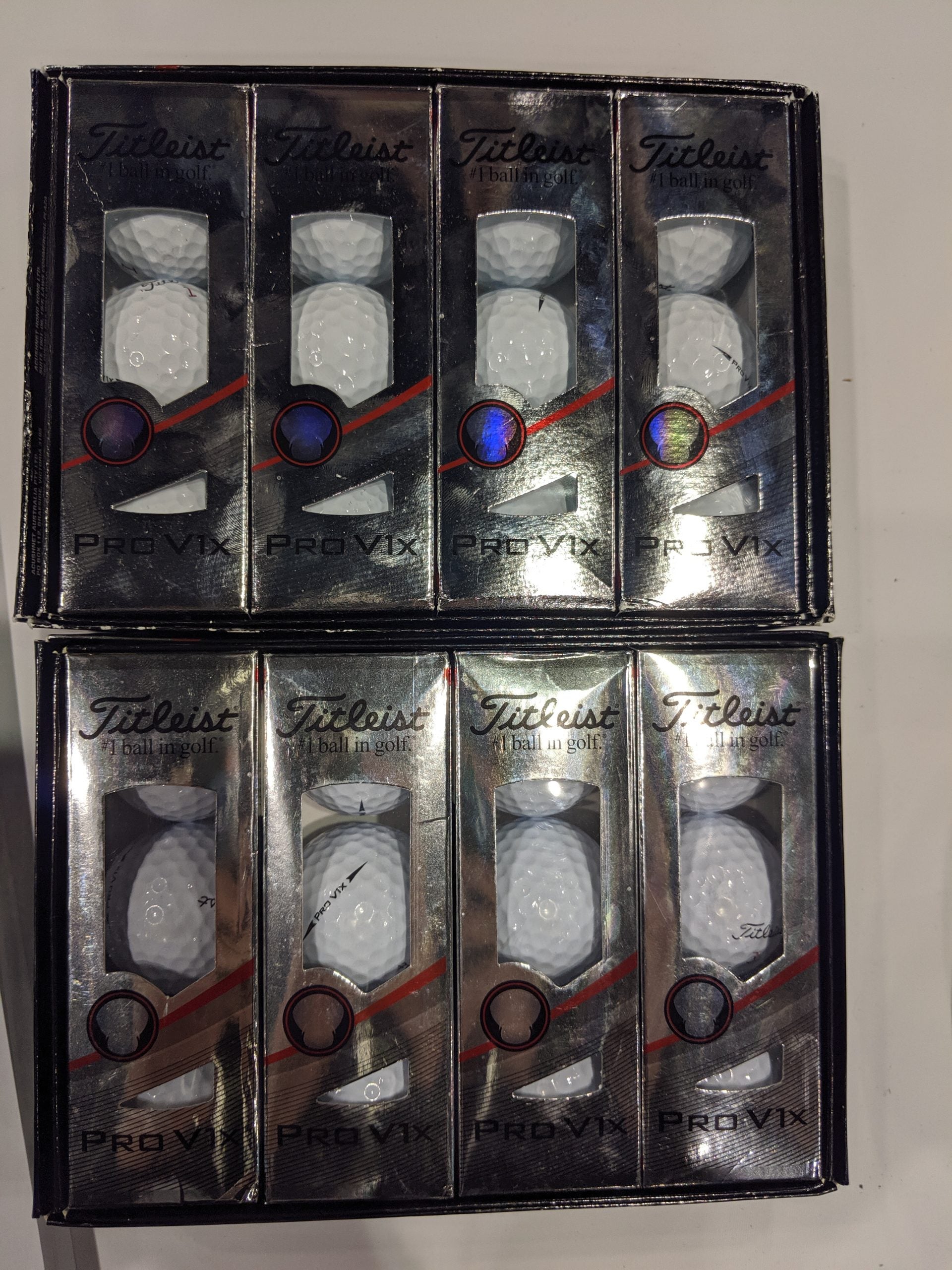 Tour Edge expands golf ball lineup with new Hot Launch golf ball
Tour Edge expands golf ball lineup with new Hot Launch golf ball
Can you tell the difference between these counterfeit and real pieces of golf equipment?
Counterfeit golf clubs are bad for everyone. Bad for manufacturers, and especially bad for the golfers that play them. That’s why nine of the biggest equipment companies on the planet joined forces to launch a new initiative: Keep Golf Real. They had a presence at the 2o2o PGA Show and delivered some fascinating information about how to spot a counterfeit golf club, along with a side-by-side comparison to help golfers know when they’re being ripped off.
There’s a few best practices for how to avoid counterfeit golf clubs. Read my colleague Dylan Dethier’s article on that right here.
Golf Balls
The one on the left is the fake. The cover and core are made from lower-quality materials, the cover is thicker, and as you can see, uneven. The counterfeit golf ball flies like a knuckleball as a result.

Irons
A cross-section of this iron shows the one on the right side is the counterfeit model. The cavity isn’t hollowed-out, which means the ball won’t come off the face as hot.

Driver
The driver on the right is fake. How can you tell? Because the detail on the painting is off, and the hosel doesn’t include any adjustability.

ADVERTISEMENT
Grips
Grips can be tough, but ultimately, you can differentiate the fakes from the real ones by the detail on the grips, the quality of the material and the smell. A good grip shouldn’t have a notable rubber smell.

Woods
The club on the right is the counterfeit, because as you can see, the detailing is lower quality and not up to code.

Balls
One of the most effective ways of telling a fake dozen from a real dozen? The hologram. Never, ever buy a dozen Pro V1s that doesn’t have one.

ADVERTISEMENT





